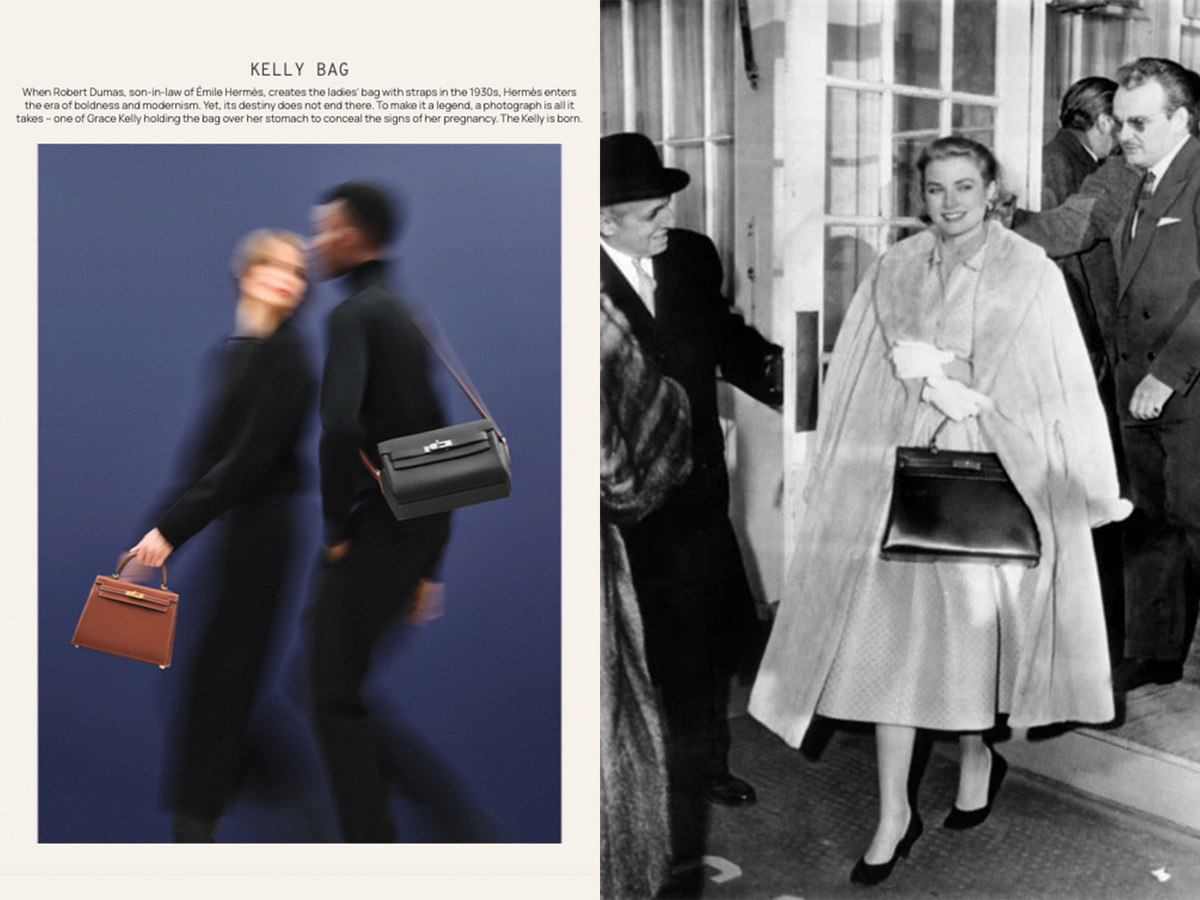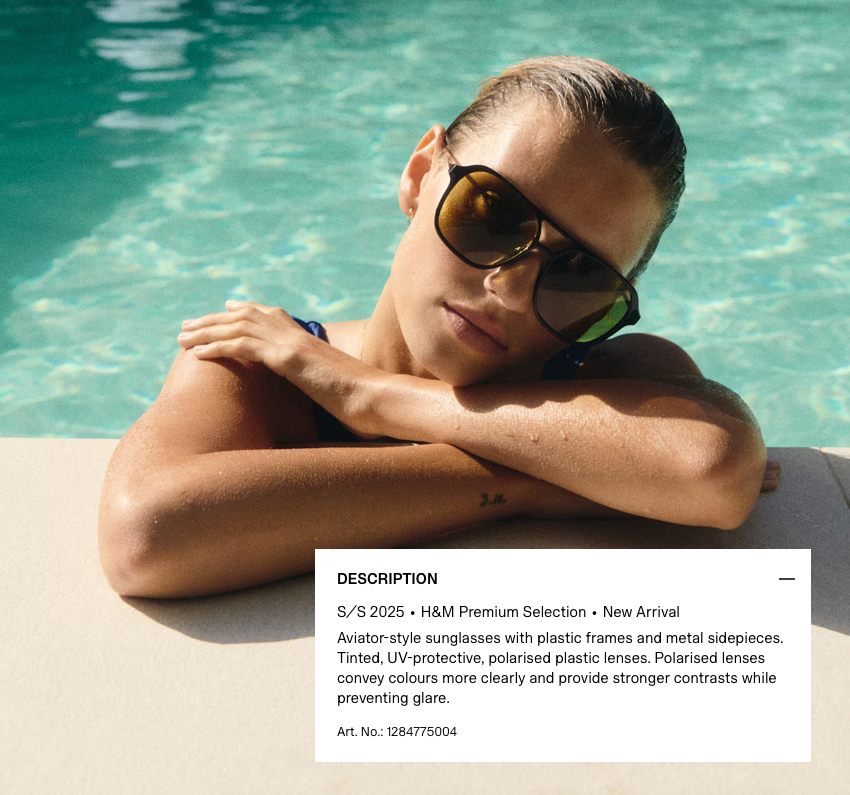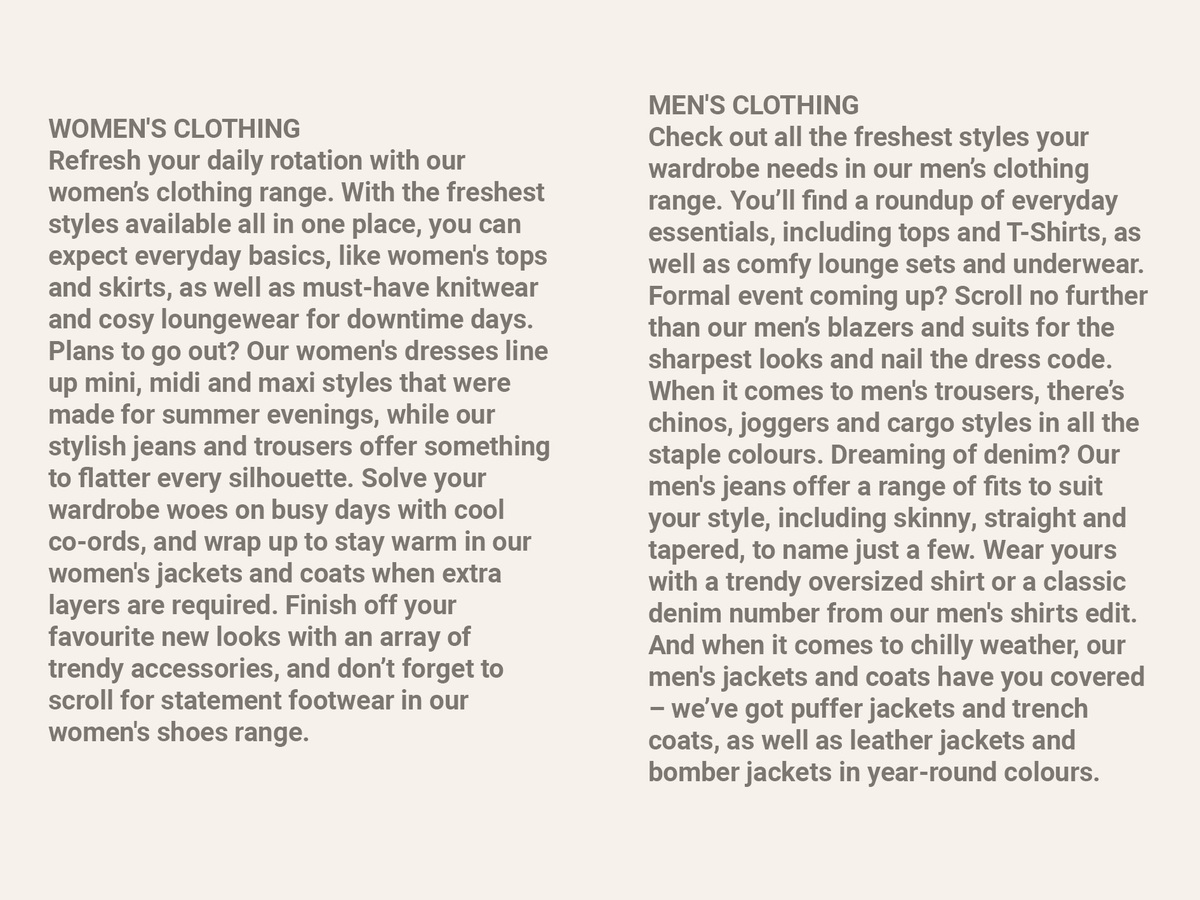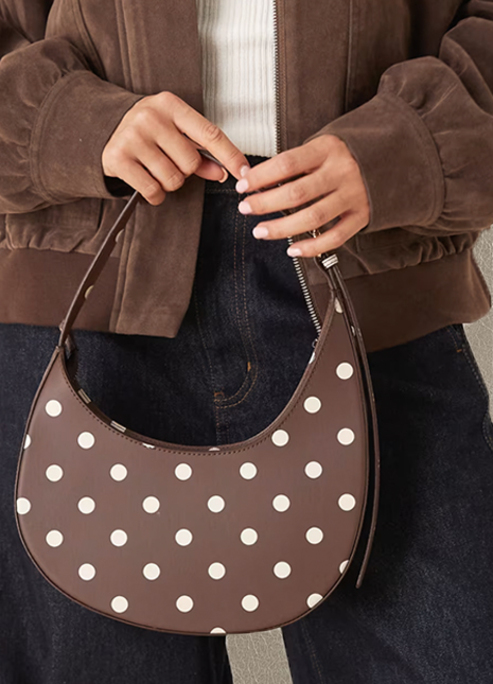
Language Games: Ambitious Advertising and Blatant Branding
The language of advertising
Have you ever read an advert for a collection/article of clothing and felt yourself becomimg more inclined to buy whatever it is? Now this isn’t surprising given the basic premise of advertising is to make sales, but there is definitely a method which clothing brands use to make us want to buy their clothes more (i.e. to make their adverts more effective), and it’s entirely to do with the language they use.
Often, the intricacies of their promotion go unnoticed. So, I thought I’d use my A-Level in English Language and my ¼ of a degree in Linguistics to identify the specific language they use to make their adverts more convincing (so you don’t have to). This way, you might be able to notice these techniques next time, and not fall into the trap of buying something you don’t actually like (which happens to the best of us).
An important thing to note: the methods vary significantly depending on the brand: there’s a definitive divide between luxury and high-street brands. I looked at the language used on Dior’s and Hermès’ websites and compared this to that of H&M’s, and here is what I found:
The language of luxury

On luxury websites, they tend to emphasise promotion of specific items (instead of collections) as it’s a big deal to buy from them, so they want to make every item look luxurious. They do this with a rich use of personification for the individual items: what they’re selling is never just a bag – it’s a legend; it comes with a story; it “stands alone as a figure of style” (a direct quote from Hermès).
As well, they frequently use elevated language, which tends to be more formal, setting the ‘designer tone’ – to make items sound worthy of their price tag. Using words like ‘model’ (instead of bag), and ‘pieces’ (opposed to clothes), which differentiates their clothes from the clothes which we have in a pile at the bottom of our wardrobes.
They use borrowings from other languages, to maintain the image of elegance: by frequently using French words to upkeep an essence of glamour and to remind you of the designer’s roots. As well as making good use of proper nouns, to add a level of prestige by association to their products - in talking about their Kelly bag, Hermès name-drops Grace Kelly (as would be expected) which grants the bag to be a part of her classic Hollywood image.
And it all works towards our image of what makes designer products, designer.
The high-street and H&M

Now when comparing the designer language to that used by H&M, the differences are immediately apparent, because ultimately, they’re selling to completely different audiences. Initially, H&M tends to use first-person pronouns as a form of direct address to refer back to the reader, which the luxury brands don’t do nearly as often. This makes the advertisement more conversational – like the writer is speaking to us directly (like they know us).
They also use informal language, like “top tier”, to again make the tone more casual and conversational. This couples with their use of shortened words like “glam” and various abbreviations, which make the advertisement sound like how we would speak. This appeals to the everyday person, the one who can’t afford to regularly shop at Hermès.
They also use more rhetoric techniques as they’ve got to work harder for the reader’s attention. This is because the luxury brands know that their consumers are paying attention to what they’re saying as they won’t be taking the purchase lightly (because of the price). H&M is not granted the same reassurance, as people don’t take purchases from them nearly as seriously. So, they must use techniques (like alliteration) to make the text snappier, and more interesting, to get people to read them.
What they’re both guilty of

Although the brands are obviously very different, they are harmoniously joined by their shared use of various conventions. What are these conventions? They both cannot escape gender in their writing. Across all the brands, if you look at the language they use on the men’s section, compared to the women’s section, there is a very clear contrast. For the men, they use more masculine language, and for the women, (you guessed it), they use more feminine language. It’s really that simple. And for some reason, it tends to work for them.
Ultimately, it all boils down to the fact that the brands are selling a lifestyle, and not the clothes themselves. They’re not selling a top; they’re selling the image of the customer in that top. This is why the brands vary so significantly in the language they use – because they are selling different lifestyles. H&M are selling the fun, relevant and trendy lifestyle; Dior and Hermès are selling the elegant, classic, and expensive lifestyle. And whether you buy from them depends on whether this lifestyle appeals to you.
So next time you’re practicing your favourite hobby, online shopping, try and read between the lines and notice the ways they are entrapping you in the lifestyles they create, to get you to buy their clothes. Don’t be a mindless consumer, and analyse the adverts.











